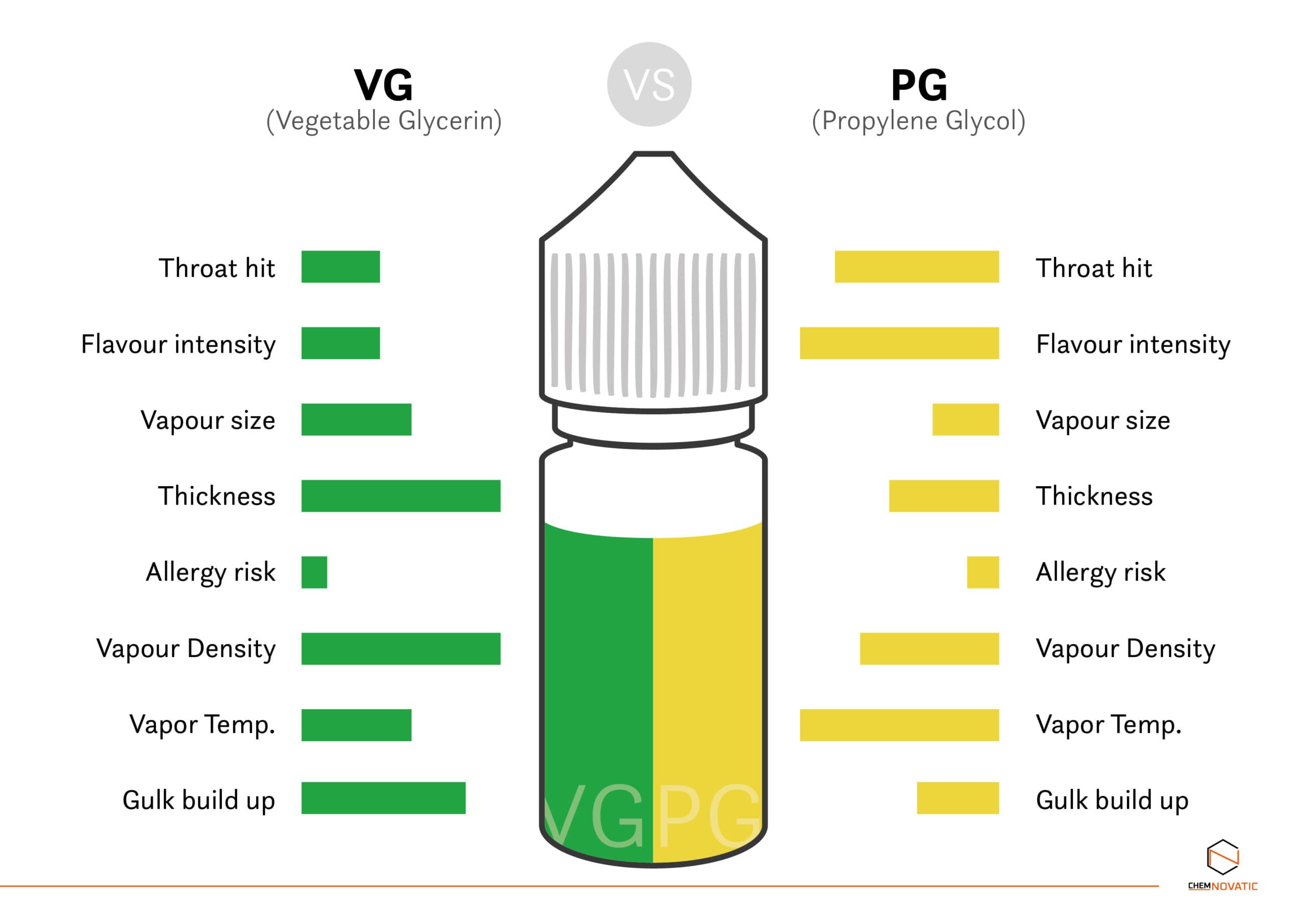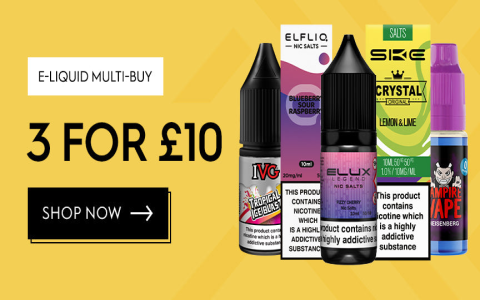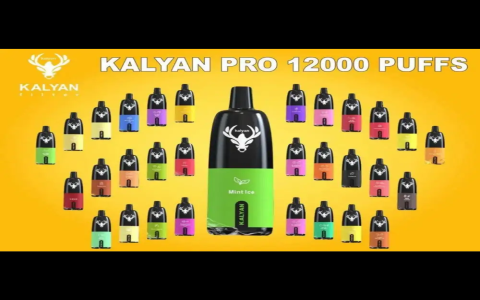Composition of E-Liquid
Electronic cigarette oil, commonly referred to as e-liquid or vape juice, is a solution vaporized in devices to deliver aerosol. Core ingredients include:
- Propylene Glycol (PG): A thin solvent enhancing flavor intensity and throat hit.
- Vegetable Glycerin (VG): A thicker base producing dense vapor clouds.
- Nicotine: Optional, in varying concentrations from zero to high strength.
- Flavorings: Food-grade additives like fruits or desserts for palatability.
Blends balance PG/VG ratios to optimize performance; common ratios include 50/50 or 70/30 VG/PG for different devices.

Types and Variants
E-liquids are categorized based on nicotine form:
- Freebase Nicotine: Traditional variant with alkaline chemistry, offering a harsher throat sensation; used in sub-ohm devices.
- Nicotine Salts: Newer formulation with benzoic acid for smoother inhalation and faster absorption, ideal for low-power pod systems.
Both types cater to varying user preferences for throat hit and nicotine delivery efficiency.
Safety Considerations
Potential health risks include nicotine addiction, respiratory irritation, and contaminants from unregulated products. Adherence to quality standards is critical:
- Regulatory Compliance: Approved markets mandate strict testing for purity and labeling; avoid counterfeit products.
- Storage and Handling: Keep away from children, pets, and heat sources to prevent degradation or spills.
Research indicates long-term effects remain under study, emphasizing caution for vulnerable groups like youth and non-smokers.
Selection and Usage Guidelines
Optimize e-liquid choice based on device compatibility and personal goals:
- Nicotine Strength: Start low (e.g., 3 mg/mL) for beginners; higher strengths suit heavy smokers transitioning.
- Device Matching: High-VG liquids pair with sub-ohm tanks for vapor production, while higher PG suits mouth-to-lung devices for clarity.
Regularly clean equipment and monitor expiration dates to maintain efficacy and safety.










